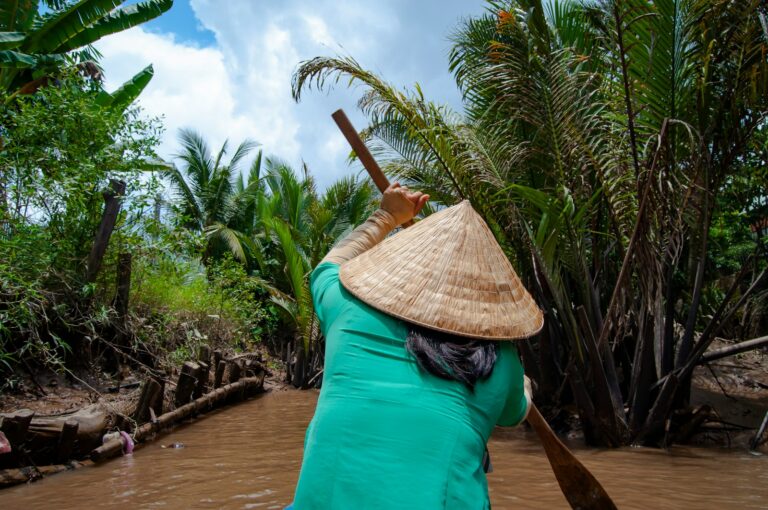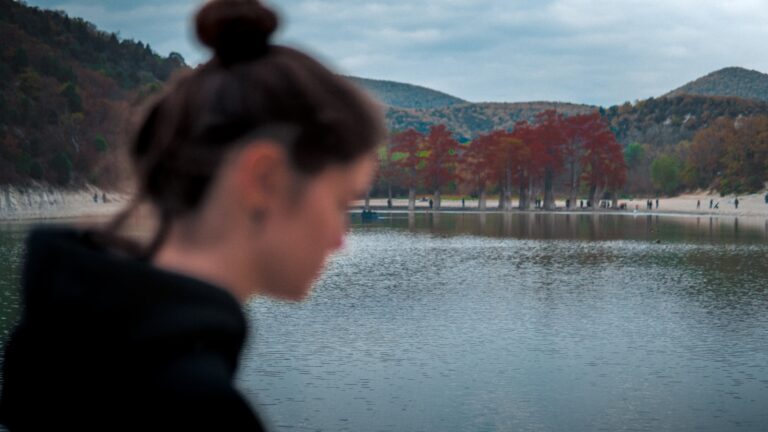 Seoul
Seoul
Seoul, the pulsating heart of South Korea’s “Miracle on the Han River,” embodies the nation’s astonishing transformation from war-torn poverty to a global powerhouse of cutting-edge technology, cultural influence, and relentless urban energy.
Bustling, fashionable, and technologically advanced, Seoul transforms itself day by day. Today, South Korea’s capital has become a must-visit destination in Asia, a metropolis where tradition and innovation collide in exhilarating ways.
A City That Never Slows Down
It’s rush hour in Seoul. At the crowded intersection of Gwanghwamun Plaza, elegant women in high heels tap rapidly on their smartphones while stylish young men sip iced coffee from BENE or Starbucks. The moment the traffic light turns green, the crowd surges forward with purpose. In the distance, beneath a deep blue sky, ancient mountains overlook the grandeur of Gyeongbokgung Palace. Yet just beside this historic landmark, cranes tirelessly work, raising steel-and-glass skyscrapers that stretch ever higher.
“Faster, faster” seems to be the unofficial motto of this city of over 15 million people. It’s a mindset that mirrors South Korea’s astonishing economic rise—from a war-torn, impoverished nation to one of the world’s leading industrial powers in just a few decades. In 1963, South Korea’s GDP per capita was a mere $100. By 1995, it had soared to $10,000, and last year, it reached an impressive $26,000.
Seoul is still climbing.
More Than Just Skyscrapers and Temples
Many don’t come to Seoul for towering skyscrapers like New York’s or the mystical tranquility of Kathmandu’s incense-filled Hindu temples. They come for the energy—the pulse of a city that thrives on ambition and dreams of the future.
Indeed, Seoul has become a trendsetter. Tech giants like Samsung drive innovation, while the Korean Wave spreads the nation’s culture across Asia and beyond. With devices like the Galaxy Note—a smartphone-tablet hybrid that blurs the line between mobile and PC—Samsung has even challenged Apple’s dominance.
And before Psy’s Gangnam Style took the world by storm, K-pop idols and Korean actors had already captured hearts across Asia, drawing countless tourists to Seoul. At Gwanghwamun Square and Gyeongbokgung Palace, groups of Asian tourists cluster together, snapping selfies or pausing to listen to their guides.
From Concrete Fortress to Global Hotspot
There was a time when Seoul—a city three times smaller than Ho Chi Minh City—felt like a fortress, dominated by concrete and a traditionally insular way of life. “Visiting Seoul in the 1990s was unbearable,” recalls Benjamin Joinau, an author who has written about the city. “Walking felt oppressive, like the city itself was crushing pedestrians.”
But by 2013, Seoul welcomed over 10 million tourists—double the number from just five years earlier. Today, the city has transformed into a sprawling open-air fashion runway, where appearance is everything and plastic surgery is commonplace. The Korean nose job trend has even reached Vietnam, where it’s now a sought-after procedure.
Efficiency at Every Turn
In Seoul, speed and efficiency are king. You can pay for taxis and subway rides with a simple tap of your card. In Gangnam—where this writer rented a tiny 25-square-meter apartment during a September visit—digital kiosks on sidewalks let you send emails on the go. Though home to just 1% of Seoul’s population, Gangnam is where the wealthy reside. An average apartment here costs $700,000—a sum that would take a typical Korean family of four wage earners 18 years to save.
Neighborhoods That Never Sleep
Seoul’s districts are in constant flux—rising, fading, and reinventing themselves. Take Itaewon: once a quiet, even dangerous area frequented only by American soldiers, it has now become a bustling nightlife hub, akin to Saigon’s Pham Ngu Lao Street. Over the past three years, trendy bars have mushroomed, attracting Seoul’s elite youth and transforming Itaewon into a vibrant international district.
A City of Mountains and Rivers
Few megacities can boast mountains at their heart, but Seoul is one of them. The Blue House, South Korea’s presidential residence, sits nestled against a northern mountain, facing the Han River—a location believed by feng shui masters to harness boundless positive energy.
And atop Namsan Mountain stands the iconic N Seoul Tower, a symbol of the city’s relentless ascent. No trip to Seoul is complete without a visit, especially for couples. At the tower’s base, seven love lock trees hold thousands of padlocks, each engraved with lovers’ promises. It’s a romantic sight—one that could inspire similar landmarks in Vietnam’s Vung Tau.
A City That Never Sleeps
Koreans love hiking, often decked out in full mountaineering gear as if scaling Everest. After descending, men unwind in saunas, while women typically head home. But Seoulites sleep about an hour less than people in other developed nations—time is too precious to waste.
Convenience stores stay open 24/7, and outdoor barbecue joints buzz with groups of men downing soju before stumbling into karaoke bars to sing with friends or attractive hostesses. By midnight, Seoul’s streets are still alive, taxis weaving through the city like those in Paris or New York.
The Miracle on the Han River
What’s most remarkable—and often overlooked—is how South Korea rebuilt itself from war and corruption into an economic powerhouse with a clean political system. Graft and embezzlement have been pushed to the margins, making way for the Miracle on the Han River.
Seoul, a city that generates nearly half of South Korea’s GDP, is a place of endless reinvention. For travelers seeking adventure, it’s a destination that can’t be missed. And for those paying attention, it’s proof that even from ashes, greatness can rise.

Seoul’s Han River embodies the city’s spirit, blending natural beauty with urban energy as a witness to Korea’s modernization.



